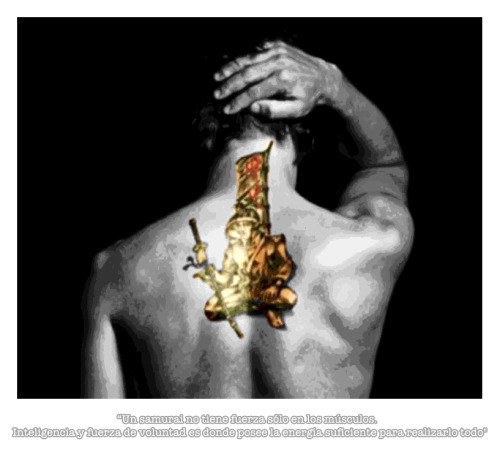Just a question but can anybody confirm if engine manufacturers have reverted to traditional coil valve springs or if they are still using the pneumatic system. RPM has dropped considerably, well into the metal spring range so I wouldn't see why teams would go for the extra weight and complexity of pneumatic valve springs.
Also if anybody has any links that would be awesome.
Thanks again!
- Login or Register
No account yet? Sign up

